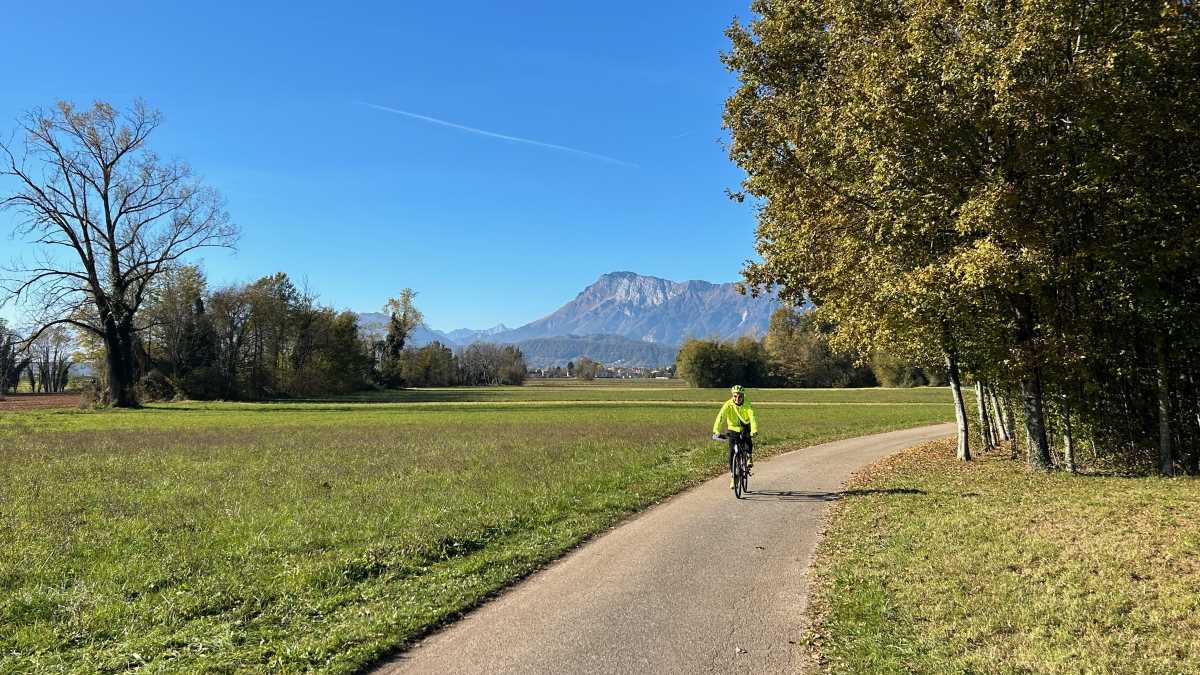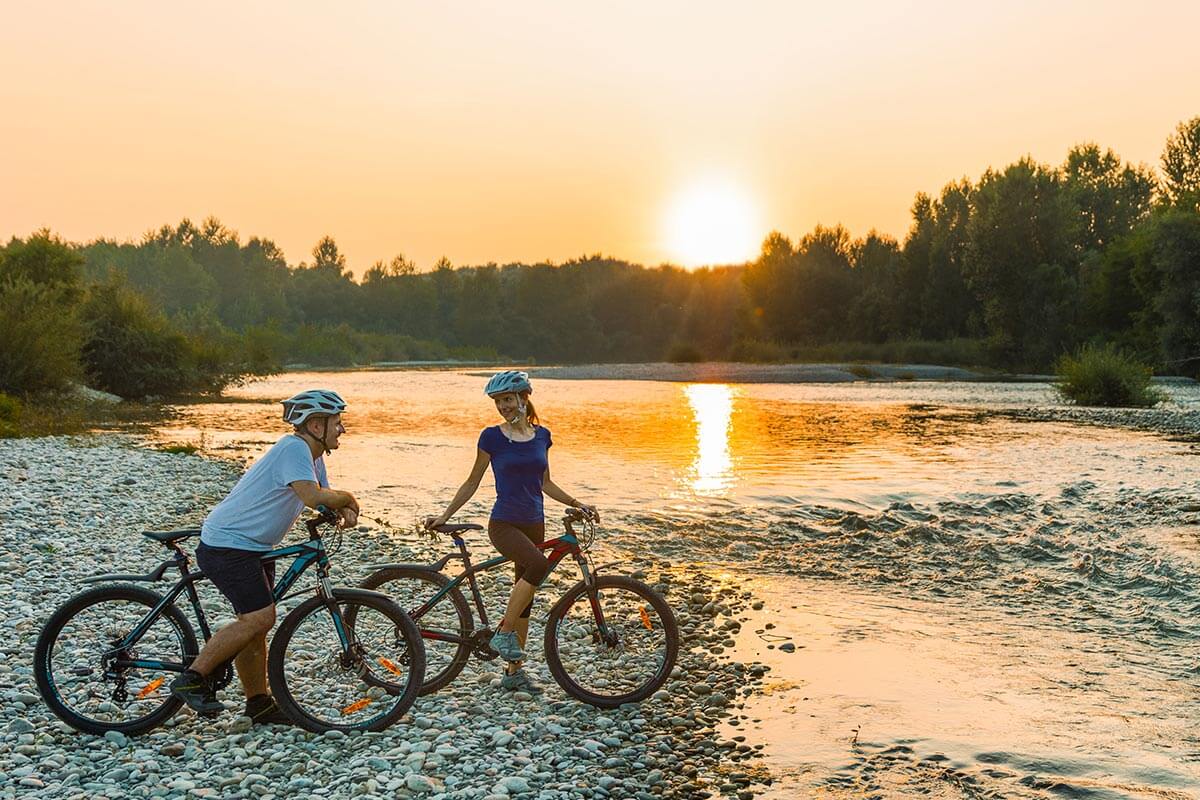Mountain biking (MTB) is much more than a sport: it is a lifestyle, a way to explore, to get in touch with nature and with yourself.
It’s not just about pedaling: mountain biking is an experience that connects people and places through trails, the paths that trace the emotional geography of the mountains. This concept of connection, “Connected by Trails,” was the guiding theme of the IMBA Europe Summit 2025, hosted in Boltaña, in the Pyrenees, in September 2025.
Through the slogan “Linking People, Nature, and Prosperity in Rural Areas,” the summit explored the different ways in which trails can become bridges between people, nature, and sustainable development, promoting new economic and social opportunities in rural areas.
From this perspective, trails are no longer just infrastructure, but networks connecting tourism, the local economy, the environment, and culture. This is true today in the Pyrenees, but it could be applied anywhere there are mountain trails and a local community to promote.
Here are some ideas for understanding how MTB can become a key to development, sustainability, and rebirth for mountain areas.
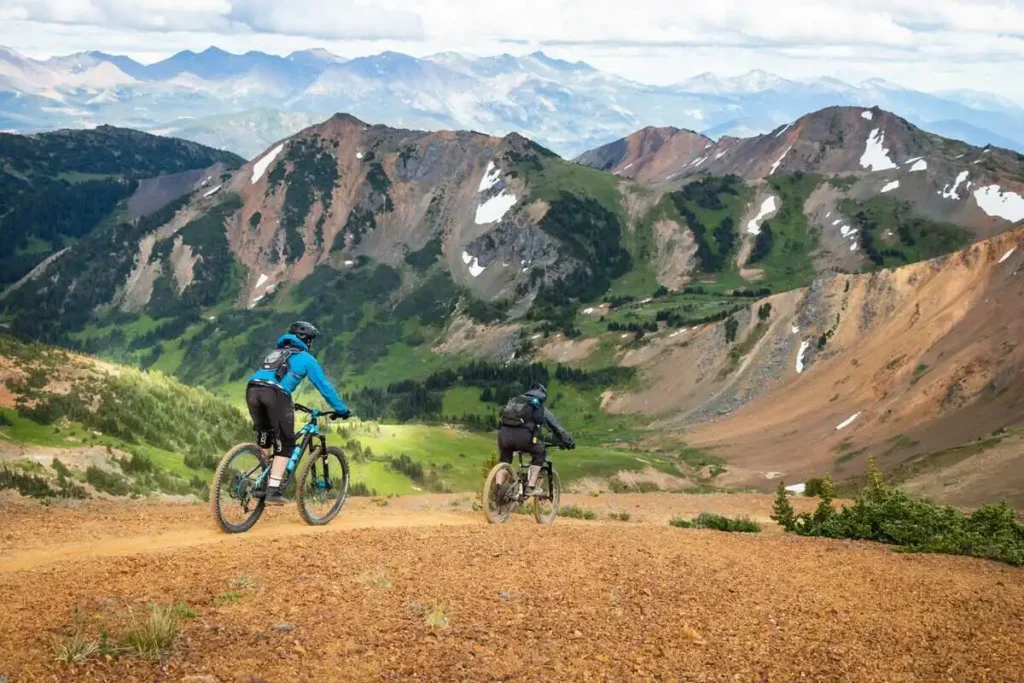
Deseasonalization of tourism
One of the main limitations of mountain tourism is its seasonality, linked almost exclusively to the presence of snow. However, climate change is altering this balance: shorter ski seasons, irregular winters, and rising costs of artificial snowmaking are pushing resorts to seek new avenues.
In this scenario, MTB and cycle tourism represent a concrete response which, unlike skiing, does not depend on climatic conditions. Mountain biking attracts visitors in spring, summer, and fall, distributing tourist flows throughout the year.
In this way, ski lifts can be converted for bike transport, mountain huts can be transformed into rest stops for bikers, and slopes can become flow or all-mountain trails.
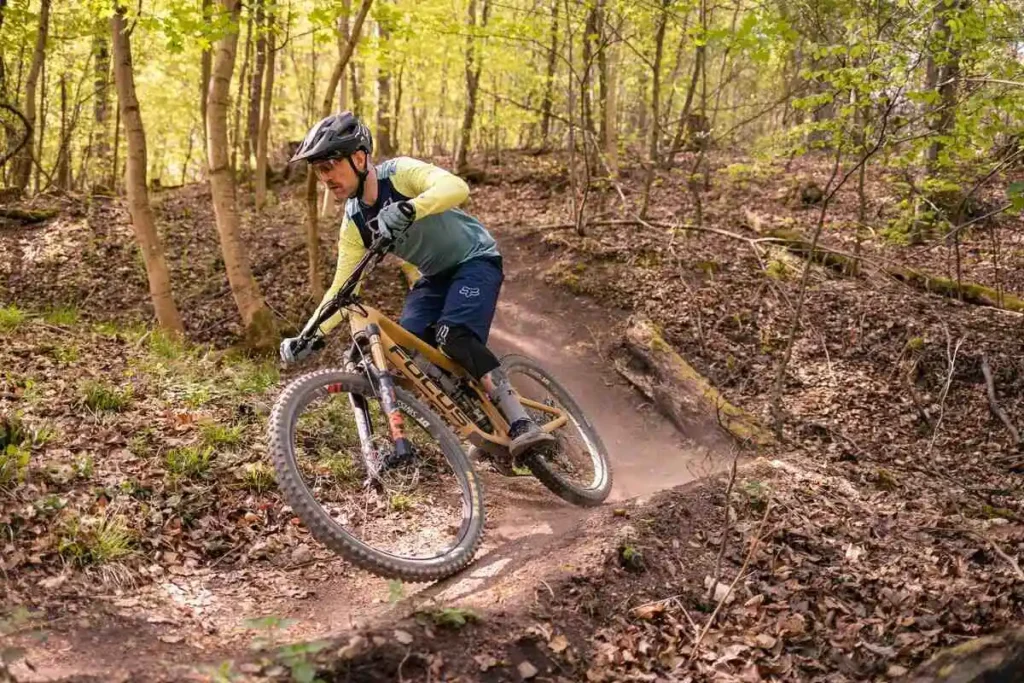
Attractiveness and competitiveness
Destinations that invest in well-maintained cycle paths, clear signage, and dedicated services are better able to attract a wide audience, not limited to mountain bike enthusiasts. The area also becomes more interesting for families, active tourists, groups of friends with little experience, road cyclists, and simple outdoor enthusiasts.
From this perspective, a bike park or a well-managed trail network becomes a powerful marketing tool for the area. They provide an opportunity to invest in rentals, certified guides, bike-friendly accommodation, washing facilities, repair shops, and digital services (such as GPS apps or interactive maps).
Destinations that position themselves in this segment communicate modernity, sustainability, and local identity, attracting quality tourism.

Economic benefits for the area
Mountain biking tourism generates widespread and constant economic activity. In fact, cycle tourists spend more on average than traditional tourists: they stay longer, visit restaurants and mountain huts, buy local products, and use specialized services.
The positive effects extend to the entire local economic chain: hotels, farmhouses, guides, workshops, shops, transport, bars, and local producers.
A concrete example? In recent summers, places such as Andalo and Livigno have recorded record numbers of visitors thanks to their network of trails and bike parks. The facilities are working, the hotels are full, and the mountain huts are busy even in August and September.
This widespread economy not only brings wealth, but also creates stable employment and supports local crafts and agriculture. In other words, MTB becomes a driving force for mountain economies, capable of transforming tourism from seasonal to structural.

Promoting the local area
Every trail tells a story: that of a valley, a village, a landscape.
When carefully designed, trails become tools for interpreting the local area, narrative paths that allow visitors to discover hidden villages, traditions, and authentic flavors.
Mountain biking promotes slow, conscious tourism that enhances the environment without distorting it. Trail maps can include cultural or gastronomic stops, with breaks in villages, visits to mountain huts, wineries, or artisan workshops.
In many Alpine and Apennine areas, trail building projects are also restoring ancient rural paths and mule tracks, reviving forgotten routes and strengthening the historical memory of the landscape.

MTB as a key to accessing the territory
Sometimes, the conformation of mountainous terrain makes mountain bikes (or e-MTBs) the only accessible means of exploring less accessible trails, woods, and valleys.
What’s more, thanks to electric assistance and a well-marked network of trails, even those who are not athletes can reach remote places and enjoy an authentic experience in nature.
Each trail is a collective effort, the result of shared work, maintenance, and respect. This is where the concept of “Connected by Trails” finds its full expression: being connected by trails, not only for sport, but for vision, belonging, and the future.
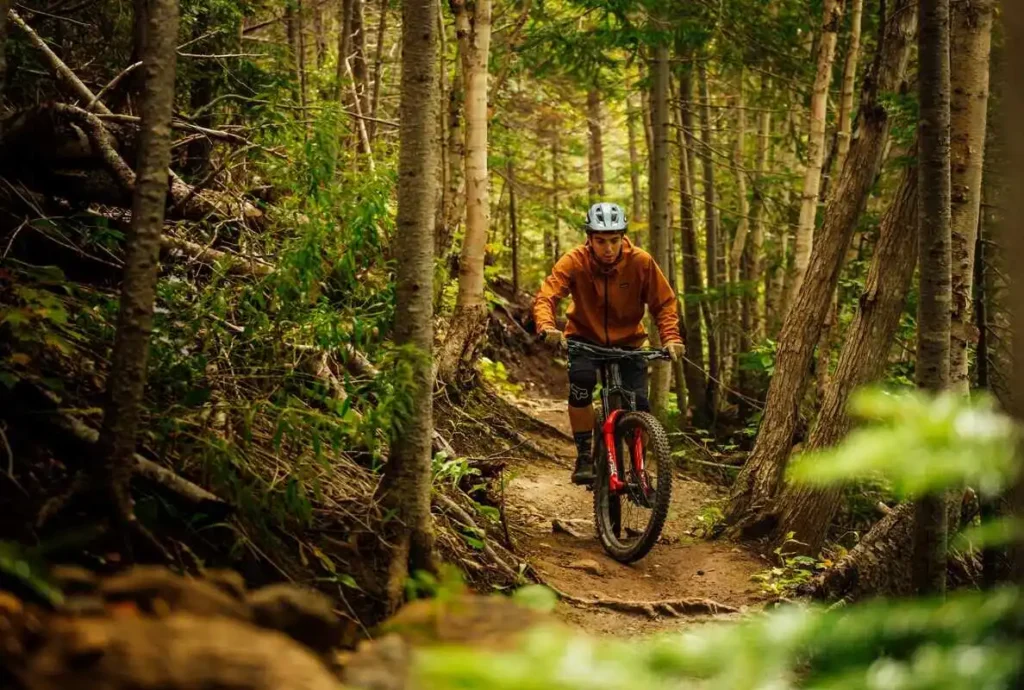
The Cycle Tourism Show: working together to promote mountain biking
“Connected by Trails” is not just a slogan: it is a philosophy that brings people, landscapes, and communities together, transforming trails into opportunities for discovery, experience, and sustainable development.
But for this vision to become reality, everyone must be actively involved: riders, operators, local communities, and institutions must collaborate, advocate, share data, ideas, and projects, and build networks and opportunities for meeting that can strengthen the community.
Events such as the Cycle Tourism Show offer concrete opportunities to meet, exchange ideas, plan new methods of engagement, talk to tourist boards and institutions, and imagine innovative ways to bring the mountains to life all year round. Only in this way can “Connected by Trails” truly become an operational strategy capable of generating value for local areas and people.



